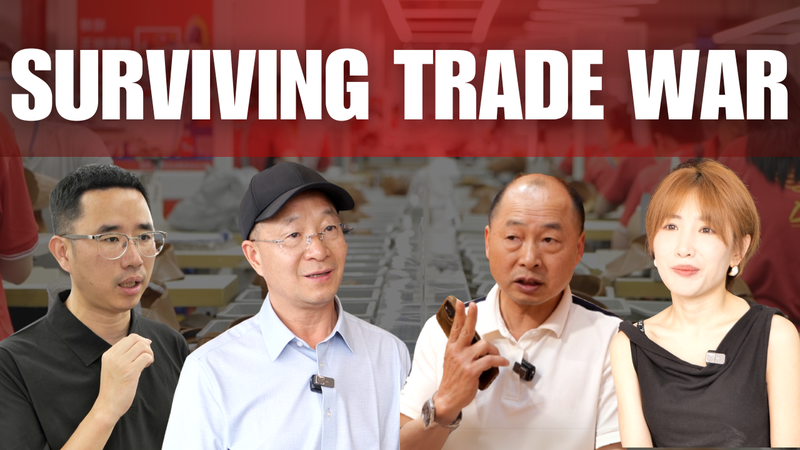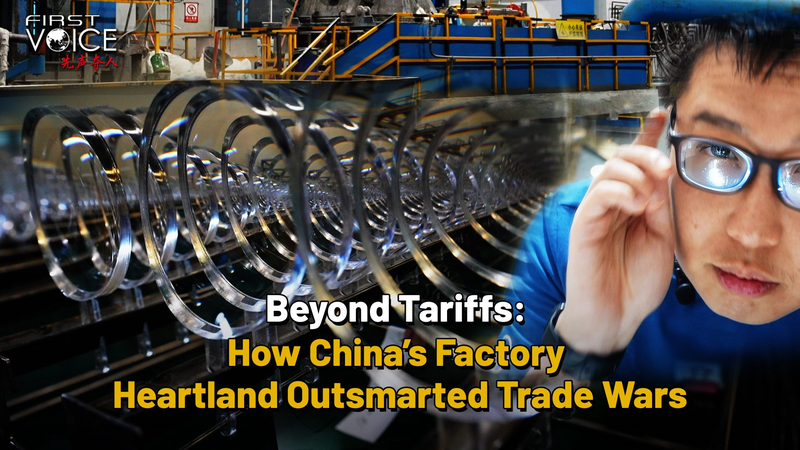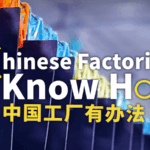While U.S. tariffs on Chinese goods dominate headlines, manufacturers across the Chinese mainland are quietly rewriting survival playbooks. From Guangdong's electronics hubs to Zhejiang's textile workshops, companies are navigating shifting trade winds through diversification, automation, and innovative supply chain strategies.
"We shifted 40% of production to Vietnam while upgrading our Jiangsu smart factory," said Wang Lin, an export manager at a home appliance manufacturer visited by reporters. This dual approach reflects a broader trend: 62% of surveyed firms now prioritize ASEAN and EU markets alongside domestic sales, according to recent trade data analysis.
Technology upgrades accelerate as tariffs bite. Robotics adoption in coastal factories jumped 27% last quarter, while blockchain-enabled customs platforms reduce shipment delays. Meanwhile, rural e-commerce initiatives help small businesses tap China's growing middle class – domestic online B2B transactions surged to $2.1 trillion in Q2.
Though challenges persist, particularly for labor-intensive sectors, these adaptive measures underscore China's manufacturing resilience. As global supply chains recalibrate, the world's second-largest economy demonstrates remarkable capacity for strategic reinvention.
Reference(s):
cgtn.com








